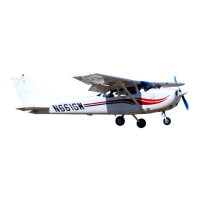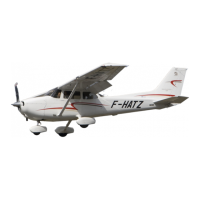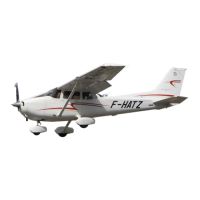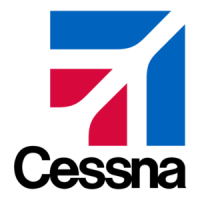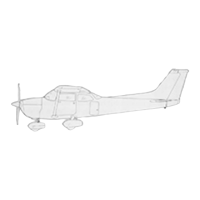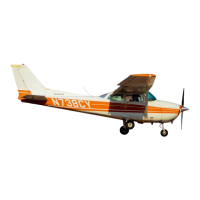Maneuvers, Utility
Category,
3-2
oil filler and
dipstick,
4-7
þ j
Map Compartment,
1-6
oil
sump, oil cooler and
oiÏ
Map
Light, Control Wheel,
2-5
filter,
4-8
Marker Beacon
Indicator
Lights
pressure
gage,
3-3
and
Switches,
1-6
temperature
gage,
3-3
Markings, Instrument,
Operating
Limitations,
Engine,
3-3
OPERATING
CHECK LIST
airspeed,
3-3
Operation,
Cold
Weather,
2-13
engine,
3-3
starting,
2-13
Master Cylinders, Brake,
4-8
flight
operations,
2-14
Master
Switch,
1-6,
2-4
Operation,
Hot
Weather,
2-15
One of
the first
steps
in obtaining the
utmost performance,
service,
Maximum
Glide,
5-6
Operations
Authorized,
3-1
and flying enjoyment from
your
Cessna is
to familiarize
yourself
with
Maximum
Performance Climb,
1-3
Optimum Cruise
Performance,
2-11
your
airplane's
equipment, systems, and
controls.
This
can
best be done
Maximum Performance
Take-Off,
Owner
Follow-Up
System,
4-10
by reviewing
this equipment while sitting in the airplane. Those items
1-2
whose function and
operation are not obvious
are
covered
in
Section
II.
Maximum
Rate-of-Climb
Data,
5-3
Microphone,
1-6
Section
I
lists,
in Pilot's
Check
List form,
the
steps necessary
to
Mirror,
Rear
View,,
1-6
operate your
airplane
efficiently
and
safely.
It is not a check list in
its
Mixture Control Knob,
1-6,
2-2
Painted
Surfaces,
4-2
true
form as
it is
considerably
longer, but
it does
cover
briefly
all of
Moment Envelope,
Center of
Parking
Brake
Handle,
1-6
the points that you
should
know for
a typical flight.
Gravity,
3-6
Phone
Jack,
1-6
Mooring
Your Airplane,
4-1
Power
Loading, inside front
cover
The flight and
operational
characteristics of your
airplane
are normal
Primer,
Engine,
1-8,
2-2
in
all respects.
There are no "unconventional" characteristics
or
opera-
Principal
Dimensions,
ii
tions that need to be mastered. All controls respond
in
the normal
way
N
Propeller, inside front
cover
within
the entire
range of
operation. All airspeeds
mentioned in
Sections
care,
4-3
I
and
H
are indicated
airspeeds.
Corresponding calibrated
airspeed may
Normal
Category,
Maneuvers,
3-1
be
obtained from
the
Airspeed Correction
Table in Section
V.
Normal
Climb,
1-3
R
Normal
Landing,
1-4,
2-12
Normal
Take-Off,
1-2
Radio,
1-6
Nose
Gear,
Radio Selector
Switches, 1-6,
6-3
shock
strut,
inside back
cover,
autopilot-omni
switch, 6-3,
6-4
4-9
operation,
6-3
torque
links,
4-8
speaker-phone
switches,
6-3,
BEFOREEN
TE
R
ING
THE AIR
PLA
NE.
6-4
transmitter selector
switch,
(1) Make an exterior inspection in
accordance
with figure
1-1.
6-3,
6-4
Range,
inside front
cover
Oil
and Fuel
Gages,
1-6
Range and Cruise Performance
OilPressureSwitch,
2-4
5-4
'
BEFORE
STARTING THE
ENGINE.
Oil
Specification and
Grade, inside
Rate
of
Climb,
inside
front
cover,
back cover
5-3
(1)
Seats and Seat Belts
--
Adjust and
lock.
Oil System,
Rear View
Mirror,
1-6
(2)
Fuel
Selector
--
"BOTH."
capacity, inside covers
Receptacle,
Ground
Service, 2-4,
(3) Brakes
--
Test and set.
filter,
4-8
6-2
(4)
Radios and
Flashing
Beacon
--
"OFF."
Index-4
1-1
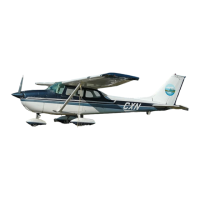
